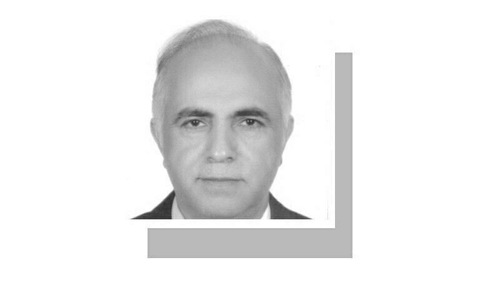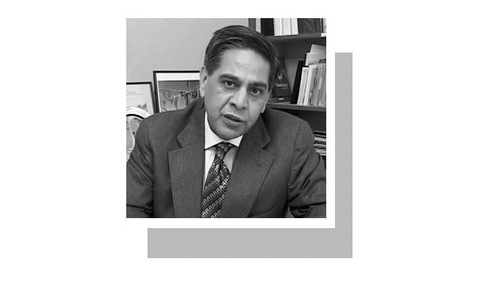Pakistan ranked the third most polluted country in 2024 — when it faced a record smog season — while Chad topped the list, according to an annual report published by Swiss air technology company IQAir on Tuesday.
The country last year witnessed unprecedented smog levels, especially in Punjab where the situation was declared a “calamity” and around two million people had to seek treatment for resulting health issues. The government had taken various steps to combat pollution, including imposing lockdowns and closing schools.
According to IQAir’s 2024 World Air Quality Report, Chad topped the rankings for the most polluted country overall, followed by Bangladesh, Pakistan, Democratic Republic of Congo and then India in fifth place.
For Pakistan, the average concentration of particles less than 2.5 microns in diameter (PM2.5) for Pakistan was 73.7 micrograms per cubic metre (μg/m³) — nearly 15 times higher than the safe levels set by the World Health Organisation (WHO).
Interestingly, despite the record smog, Pakistan’s average pollution last year remained the same as in 2023.
In the Central and South Asia region, Pakistan ranked second — just behind Bangladesh — with Lahore, Multan, Peshawar and Sialkot among the 15 most polluted cities in the region.

“Pakistan faces persistently high levels of pollution from various sources, including biomass burning, industrial activities, vehicular emissions, brick kilns, and construction dust,” the report noted.

Compared to 2023, Peshawar, Islamabad, Rawalpindi and Lahore witnessed a spike in their annual average readings while Faisalabad saw negligible rise.
On the other hand, the PM2.5 readings for Karachi declined from over 55 micrograms per cubic metre in 2023 to around 46 micrograms per cubic metre in 2024.
The report said that five Pakistani cities saw levels rise above 200 microns during November.
The study was based on “more than 40,000 air quality monitoring stations across 8,954 locations in 138 countries, territories, and regions analysed by IQAir’s air quality scientists”, it said.
About seven in 10 people in Pakistan faced health issues because of smog, according to a report by international insights firm Ipsos.
Readings for Chad were 18 times higher than WHO safe levels while those for India were 10 times more than the recommended limits.
Despite an improvement in 2024, India was also home to six of the world’s nine most polluted cities, according to the IQAir report.
It said India’s Byrnihat was the world’s “most polluted metropolitan area of 2024”. New Delhi was the world’s most polluted capital, closely followed by Chad’s N’Djamena.
Bangladesh’s Dhaka came third, ahead of Congo’s Kinshasa and Islamabad.

Byrnihat, an industrial town on the border of Meghalaya and Assam states, had a PM2.5 reading of 128.2 micrograms per cubic metre on average in 2024, more than 25 times the WHO recommended level of five micrograms.
Concentrations across India were 50.6 micrograms per cubic metre, 10 times the WHO safe level, according to the report by IQAir, made with Greenpeace’s support.
The overall level was seven percent down from 2023, but Indian cities are still suffering badly from concentrations of small particles, which come from vehicles, agricultural burning, garbage and industrial waste.
South Asia’s pollution skyrockets in winter months, and highlighting India’s struggle, the report said that Baddi in Himachal Pradesh state had an average reading of 165 microns in January — 33 times the WHO safe level.
“Oceania is the world’s cleanest region, with 57 per cent of regional cities meeting the WHO PM2.5 annual guideline value,” the report said.
Bosnia was the worst polluted country in Europe, with PM2.5 levels more than five times over the WHO limit. It was followed by North Macedonia and Serbia. Serbia’s Novi Pazar was the most polluted city, the report said.
Burkina Faso, ranked fifth in 2023, as well as Iran and Afghanistan, were not included in the report due to insufficient data.
Only seven countries had concentrations below the WHO guidelines: Estonia, Iceland, Australia, New Zealand, the Bahamas, Grenada, and Barbados.
However, 17pc of cities studied met the WHO standard in 2024, compared with just 9pc in 2023, the report said.
Air pollution — atmospheric and domestic — was the main environmental risk to health in 2021, responsible for 8.1 million premature deaths worldwide, according to estimates in the “State of Global Air 2024” report carried out by the Health Effects Institute and the Institute for Health Metrics and Evaluation.




































